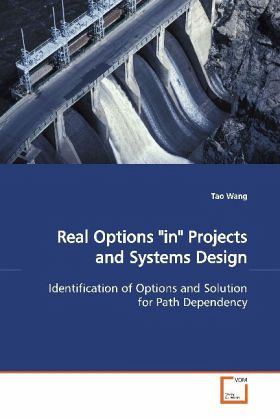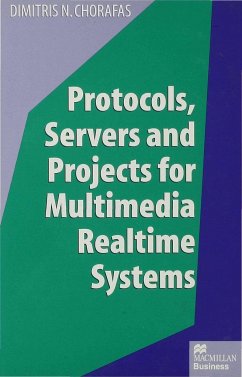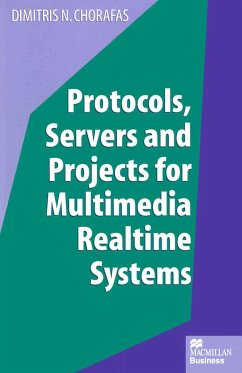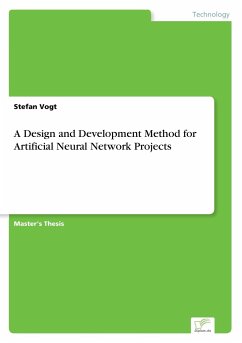
Real Options "in" Projects and Systems Design
Identification of Options and Solution for Path Dependency
Versandkostenfrei!
Versandfertig in 6-10 Tagen
52,99 €
inkl. MwSt.

PAYBACK Punkte
26 °P sammeln!
This book describes a comprehensive approach to identify and deal with real options in projects, that is, those real options (flexibility) that are integral parts of the technical design. It attempts to specify analytically the design parameters that provide good opportunities for flexibility for any specific engineering system.It proposes a two-stage integrated process: options identification followed by options analysis. The options identification stage discovers the design elements most likely to provide worthwhile flexibility, including a screening and a simulation model. Options analysis ...
This book describes a comprehensive approach to
identify and deal with real options in projects,
that is, those real options (flexibility) that are
integral parts of the technical design. It attempts
to specify analytically the design parameters that
provide good opportunities for flexibility for any
specific engineering system.
It proposes a two-stage integrated process: options
identification followed by options analysis. The
options identification stage discovers the design
elements most likely to provide worthwhile
flexibility, including a screening and a simulation
model. Options analysis stage develops a stochastic
mixed-integer programming model to value options.
This approach decreases the complexity and size of
the models at each stage and thus permits efficient
computation.
The framework developed is generally applicable to
engineering systems. The book explores two cases in
river basin development and satellite
communications, showing significant value of real
options in projects, in the form of increased
expected net benefit and/or lowered downside risk.
identify and deal with real options in projects,
that is, those real options (flexibility) that are
integral parts of the technical design. It attempts
to specify analytically the design parameters that
provide good opportunities for flexibility for any
specific engineering system.
It proposes a two-stage integrated process: options
identification followed by options analysis. The
options identification stage discovers the design
elements most likely to provide worthwhile
flexibility, including a screening and a simulation
model. Options analysis stage develops a stochastic
mixed-integer programming model to value options.
This approach decreases the complexity and size of
the models at each stage and thus permits efficient
computation.
The framework developed is generally applicable to
engineering systems. The book explores two cases in
river basin development and satellite
communications, showing significant value of real
options in projects, in the form of increased
expected net benefit and/or lowered downside risk.












